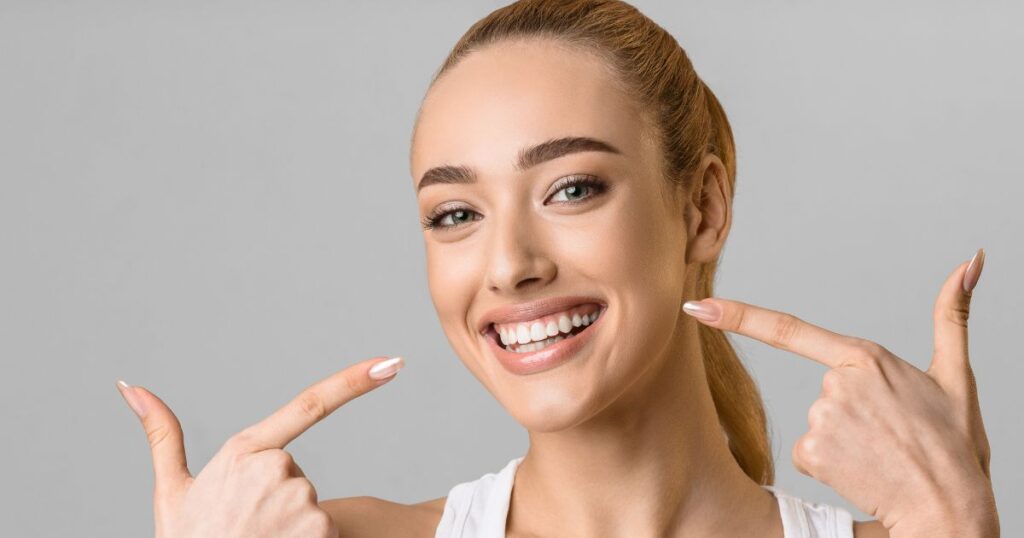If you’ve noticed your child snoring loudly, it might seem harmless or even a little cute at first! But when snoring is frequent and loud, it could be a sign of a not-so-harmless condition called pediatric sleep apnea.
Sleep apnea in children can have a significant harmful impact on a child’s attention, memory, intelligence, learning capabilities, school performance, activity levels and sleep quality — which are all vital to a child’s health, happiness and wellbeing.
Early detection and treatment of pediatric sleep apnea are key to preventing lifelong challenges. As your highly experienced, board-certified children’s orthodontist in Union Square, Manhattan, Dr. Lin and our team are here to help.
Understanding Pediatric Sleep Apnea
Understanding what pediatric sleep apnea is, why it’s dangerous, and what to look for can help you make informed decisions for your child’s health and well-being.
Pediatric sleep apnea is a childhood sleep disorder that causes a child’s breathing to repeatedly stop and restart during sleep. This happens when the airway is blocked, which interrupts normal breathing.
Each time breathing lapses, it causes the brain to wake the body just enough to reopen the airway, which disrupts restful sleep. Unlike adult sleep apnea, which may be linked to weight or lifestyle factors, pediatric sleep apnea often occurs due to the development of the airway, tonsil and adenoid size, or even orthodontic-related issues.
How common is pediatric sleep apnea?
Obstructive sleep apnea is more common in children than you may think!
According to a study published in the National Library of Medicine (“Obstructive Sleep Apnea in Children: Implications for the Developing Central Nervous System”), “obstructive sleep apnea (OSA) is by far the most frequently diagnosed pediatric sleep disorder, and has been reported to affect at least 1–3% of all pre-school and school-aged children.”
Why is pediatric sleep apnea dangerous?
Sleep apnea in children can impact more than just a good night’s rest. Over time, the repeated interruptions in breathing can affect a child’s growth, behavior, and academic performance. Here are some of the long-term effects of childhood sleep apnea:
- Daytime fatigue and irritability: Since sleep is frequently disrupted, children may feel overly tired during the day, which can lead to mood swings and difficulty paying attention in school.
- Behavioral issues: Children with untreated sleep apnea often experience symptoms similar to ADHD, such as hyperactivity and trouble focusing.
- Delayed growth and development: Poor sleep can affect the release of growth hormones, potentially impacting physical development.
Addressing sleep apnea early is essential for preventing these long-term effects and ensuring your child’s overall health and happiness.
Pediatric Sleep Apnea Symptoms: What should parents look for?
Wondering if your child’s snoring is something to be concerned about? Look out for these common pediatric sleep apnea symptoms:
- Loud, frequent snoring: While occasional snoring can be normal, loud snoring every night often indicates a problem.
- Mouth breathing or gasping: Kids with sleep apnea often breathe through their mouths and may occasionally gasp or snort during sleep.
- Restless sleep: If your child moves around a lot or has difficulty staying asleep, it could be due to frequent breathing interruptions.
- Bedwetting: Children with sleep apnea may be more prone to bedwetting, especially if it’s a new behavior.
- Daytime sleepiness: Feeling tired or cranky during the day, even after a full night of sleep, could signal that sleep is being interrupted.
If you notice any of these signs, we urge you to schedule a consultation with Dr. Lin!
Child Sleep Apnea Treatment Options
So you’re unfortunately recognizing some signs of sleep apnea in your child, what now?
You’re not alone! At Fellow Orthodontist, we’re here to support you and your child throughout your journey. Dr. Lin is a board-certified orthodontist, known not only for his skill and expertise as an orthodontic specialist, but for his commitment to ensuring that every family feels informed and at ease – every step of the way.
You’re in the best hands with our team.
Here’s how we approach child snoring treatment and sleep apnea care:
- Evaluate and diagnose
We’ll start with a thorough evaluation of your little one to get a detailed look at your child’s airway and jaw structure.
We’ll assess whether your child’s airway might be restricted due to the shape of their palate, the position of their jaw or insufficient space in the mouth for the tongue to rest properly, which all impact nasal airflow.
- Explore treatment options
In many cases, early orthodontic intervention can open the airway and help alleviate sleep apnea symptoms. Expanding the palate or repositioning the jaw through orthodontic appliances (such as a palatal expander) can help create more space for nasal airflow. Proper dental arch development is a key component to increasing space for healthy tongue posture.
In order to determine the most efficient and effective treatment for pediatric sleep apnea, we first need to identify the source of the issue. Treating the source of the issue will take care of the symptoms.
Dr. Lin takes orthodontic treatment a step further, working closely with a dual, board-certified ENT surgeon and oral maxillofacial surgeons for sleep apnea cases. It’s our goal to provide comprehensive, holistic care and a seamless treatment experience for each patient.
- Create a personalized treatment plan
Depending on the source of the obstruction, an orthodontic appliance to widen the palate may eliminate the issue. If this is the case, Dr. Lin will create a custom treatment plan that includes an orthodontic appliance, and potentially orthodontic treatment to follow.
If the source of the obstruction is due to skeletal issues or enlarged tonsils or adenoids, we’ll coordinate with an ENT specialist to determine the best treatment route for your little one.
Treating pediatric sleep apnea takes thoughtful planning and the right approach. Be cautious of treatments that only use an expander and a few braces on the front teeth—that’s just one piece of the puzzle! While a palatal expander can help, it’s essential to also focus on the full development of your child’s dental arches, using either traditional braces or clear aligners. Look for an orthodontist who’s dedicated to a complete treatment plan that supports both skeletal and dental arch growth to give your child the best chance at overcoming sleep apnea safely and effectively.
Let’s help your child breathe freely.
By addressing pediatric sleep apnea early on, we can set your child up for healthier, happier days and restful nights. We’re here to answer any questions you have about pediatric sleep apnea symptoms and child sleep apnea treatment. Please don’t hesitate to reach out to us!
A consultation with Dr. Lin could make a world of difference in your child’s sleep quality and overall health. Book yours today with our board-certified children’s orthodontist at our Union Square, Manhattan orthodontist office.




